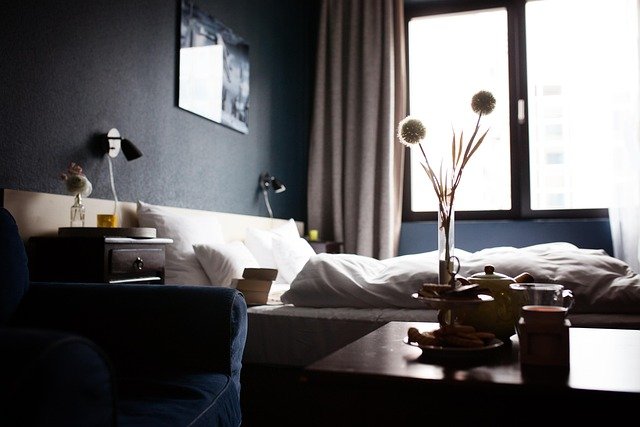Cozy Spaces: The Rise of Snuggeries in Urban Living
Nestled within the bustling cityscape, a quiet revolution is taking place in our homes. Snuggeries, intimate nooks designed for comfort and relaxation, are carving out their place in modern urban dwellings. This trend reflects a deeper shift in how we perceive and utilize our living spaces. Read below to explore the world of snuggeries and their impact on contemporary urban life.

The Historical Roots of Snuggeries
Snuggeries, also known as snugs or cozy corners, have a rich history dating back to the Victorian era. Originally, these spaces were small, private rooms often found in public houses, where patrons could enjoy drinks and conversation away from the main bar area. In domestic settings, snuggeries served as intimate reading nooks or quiet spaces for needlework and other solitary pursuits.
As homes evolved over time, the concept of dedicated spaces for relaxation and introspection fell out of favor, replaced by more open and multifunctional living areas. However, the pendulum is now swinging back, with many urban residents seeking to recreate these havens of tranquility within their modern living spaces.
The Psychology Behind Cozy Spaces
The renewed interest in snuggeries is not merely a design trend but a response to psychological needs. Research in environmental psychology suggests that humans have an innate desire for enclosed, protective spaces, a concept known as prospect-refuge theory. This theory posits that we feel most comfortable in environments that offer both a view of our surroundings (prospect) and a sense of safety and seclusion (refuge).
Snuggeries cater to this psychological need by providing a sheltered space within the larger home environment. They offer a sense of security and comfort, allowing individuals to recharge and find respite from the stresses of urban living. This aligns with the growing awareness of the importance of mental health and self-care in our fast-paced society.
Designing the Modern Snuggery
Contemporary snuggeries come in various forms, adapting to the constraints of urban living spaces. From window seats and alcoves to repurposed closets and under-stair nooks, these cozy corners are being creatively integrated into homes of all sizes. The key elements of a snuggery include:
-
Comfort: Plush seating, soft textures, and warm lighting are essential for creating a welcoming atmosphere.
-
Enclosure: Some form of physical or visual separation from the main living area helps define the space.
-
Personalization: Incorporating elements that reflect individual interests and aesthetics makes the space truly one’s own.
-
Functionality: Despite their small size, snuggeries often serve multiple purposes, such as reading, meditation, or even as home office nooks.
Designers and homeowners are finding innovative ways to incorporate these elements into urban dwellings, proving that even the smallest spaces can accommodate a cozy retreat.
The Social Implications of Snuggeries
The rise of snuggeries in urban homes reflects broader societal shifts. In an era of constant digital connectivity and open-plan living, these spaces offer a much-needed opportunity for disconnection and privacy. They provide a physical manifestation of the growing desire for work-life balance and the importance of creating boundaries between professional and personal spaces, especially in the age of remote work.
Moreover, snuggeries challenge the notion that bigger is always better when it comes to living spaces. They emphasize quality over quantity, encouraging a more mindful approach to home design and use of space. This aligns with sustainability trends and the movement towards more efficient, multi-functional urban living.
The Future of Urban Living Spaces
As cities continue to densify and living spaces become more compact, the concept of the snuggery is likely to evolve further. We may see increased integration of technology to enhance the functionality of these spaces, such as smart lighting systems or noise-canceling features. Additionally, the principles behind snuggeries could influence larger-scale urban planning, with architects and developers incorporating more intimate, secluded spaces within public areas and residential buildings.
The resurgence of snuggeries also points to a potential shift in how we value and design our living spaces. Rather than prioritizing open, flowing areas, future homes might feature a series of interconnected, purpose-built nooks that cater to different needs and moods. This could lead to a more nuanced approach to urban living, one that balances communal areas with personal retreats.
In conclusion, the rise of snuggeries in urban homes is more than just a passing trend. It represents a fundamental reevaluation of our living spaces and how they impact our well-being. By carving out these intimate havens within the urban landscape, we are reclaiming a sense of comfort and privacy that is often lost in city living. As we continue to navigate the complexities of modern life, the humble snuggery stands as a testament to our enduring need for personal space and the power of design to meet our evolving needs.





